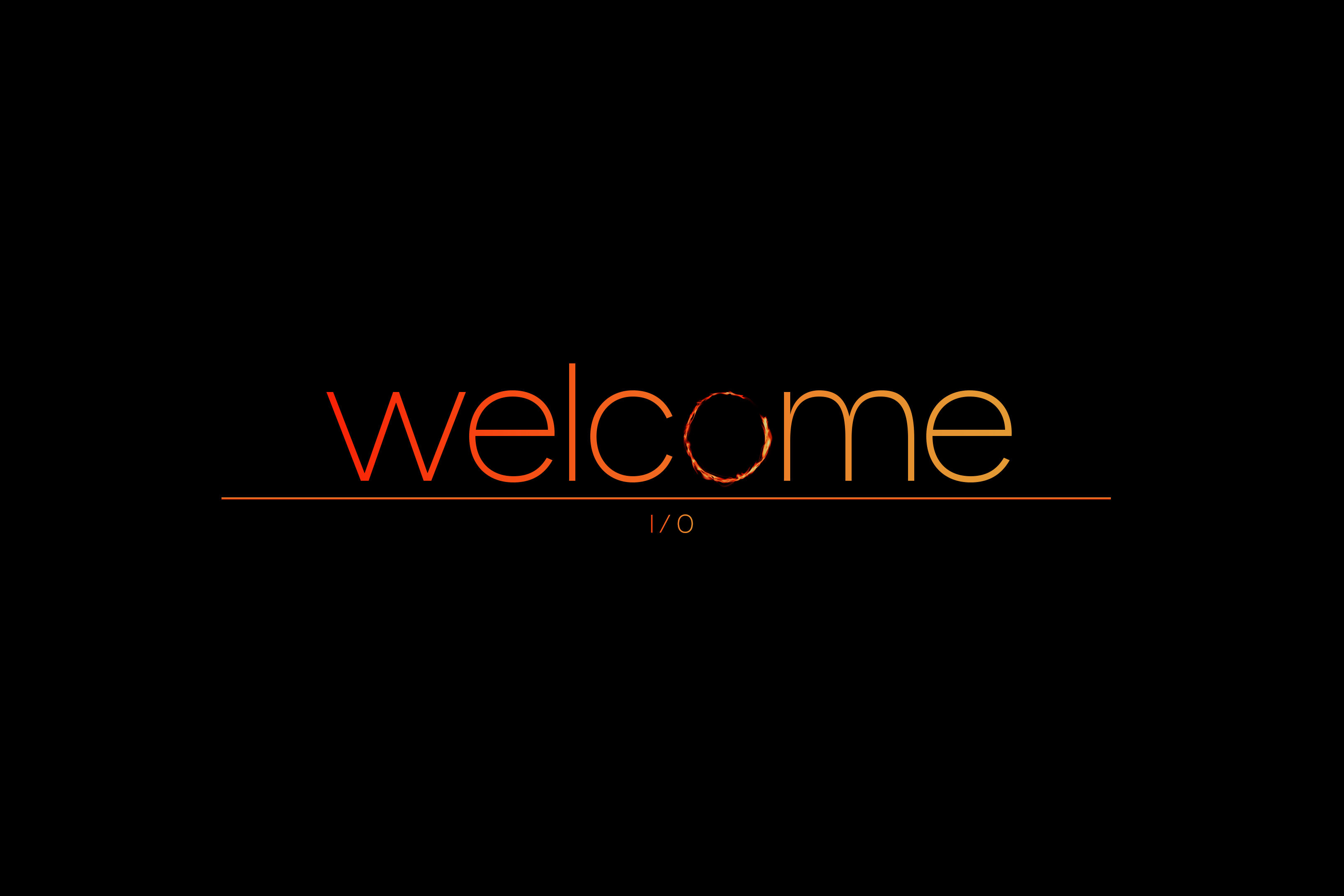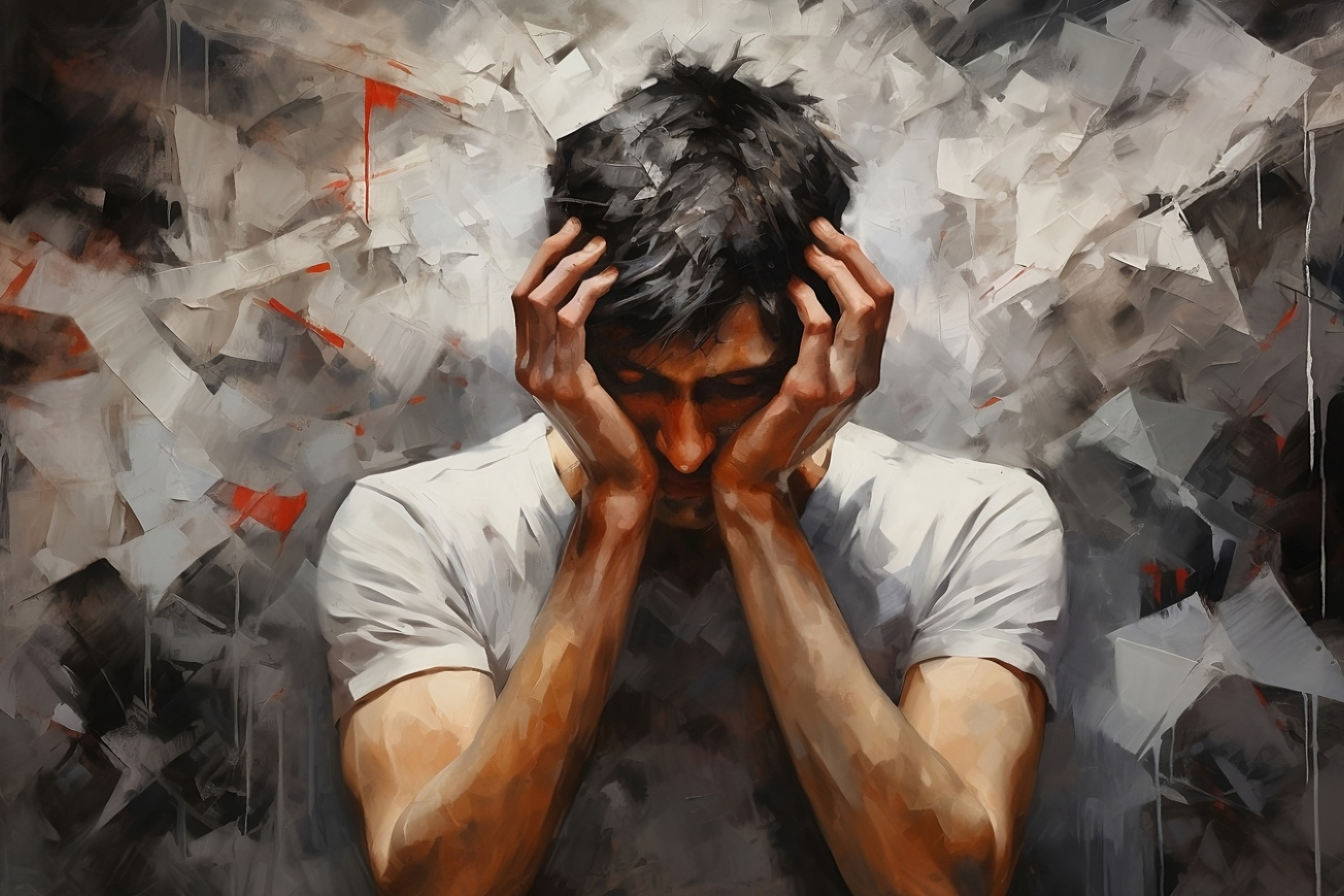Introduction
Every creator, at their core, embarks on a quest. Not just to create, but to discover, to challenge, and ultimately, to evolve. In every brush stroke on canvas, every note in a song, or every line of a poem, there is a narrative unfolding—a story that often mirrors the very journey of its creator. This parallel between the artist and the art isn’t mere coincidence. It draws from deep-seated paradigms that have been with humanity for eons. Joseph Campbell, in his insightful exploration, coined it the “Hero’s Journey”—a series of stages that take the protagonist through trials, transformation, and triumph. Similarly, Steven Pressfield, in his “The Artist’s Journey,” sheds light on this pilgrimage from an artist’s perspective, highlighting the passion, the pain, and the profound revelations.
Understanding these journeys isn’t just an academic endeavour. The realm of creative professions, while filled with passion and beauty, also harbours a shadow: the vulnerability of mental health. The highs and lows, the rejection, the relentless quest for perfection—it’s no wonder that many artists find themselves grappling with self-doubt, isolation, and even despair. But, by mapping the challenges and triumphs of the Hero’s Journey onto the artist’s personal experiences, can we find a compass—a guide that not only helps navigate the treacherous terrains but also provides solace and understanding?
This article is a voyage into that intersection of narrative, creativity, and mental well-being. It’s an invitation to every creative soul to see their journey in a new light, recognizing that in the myriad challenges lie opportunities for growth, self-discovery, and profound transformation.
Every journey is a voyage into the unknown, teeming with challenges yet ripe with opportunities. For the creative soul, this path isn’t just about crafting art, but also about self-discovery and profound transformation. By exploring the intersections of narrative, creativity, and mental well-being, you might just find reflections of your own odyssey, beckoning you toward a brighter, more enlightened horizon.
Creativity takes courage.
— Henri Matissse
Understanding the Hero’s Journey
Engrossing tales with captivating narrative arcs have long held a special place in human history. These tales aren’t just stories; they unveil a consistent pattern seen across cultures and ages. Joseph Campbell, with his keen scholarly insight, identified and articulated this pattern as the “Hero’s Journey.” Though it’s foundational to many of our beloved tales, this transformative cycle is profoundly mirrored in the lives of creative individuals.
Campbell’s framework unfolds in three overarching phases: Departure, Initiation, and Return. The Departure sees our protagonist—or in our context, the artist—called to adventure, often stepping beyond the comfort of the familiar. It’s akin to the leap of faith many creatives take when embracing their passion. The Initiation is laden with challenges, from personal self-doubts to external barriers. Artists, much like the heroes in our tales, grapple with these obstacles, seeking their own form of truth. The Return signifies a culmination. The hero emerges transformed, much as an artist surfaces with a renewed perspective after an intense period of creation.
From the enduring allure of epics like Homer’s “Odyssey” to the contemporary resonance of films such as “The Matrix,” this journey is interwoven into the very fabric of storytelling. These narratives captivate not just for their plots but because they touch upon our inherent understanding of growth, challenge, and transformation.
For those treading the creative path, this journey isn’t a mere literary concept—it’s emblematic of their own experiences. The initial spark that drives a novelist to weave a tale or a sculptor to chisel a masterpiece mirrors the hero’s call to adventure. The subsequent challenges, be it writer’s block or critical feedback, are the trials our heroes encounter. And the act of unveiling their creation to the world is much like the hero’s triumphant return, a testament to the growth and insights gleaned along the way.
A hero is an ordinary individual who finds the strength to persevere and endure in spite of overwhelming obstacles.
— Christopher Reeve
A hero is an ordinary individual who finds the strength to persevere and endure in spite of overwhelming obstacles.
— Christopher Reeve
Mental Health Challenges in Creative Professions
Creativity, for all its brilliance and wonder, often comes tethered to vulnerability. Those drawn to the arts and creative professions frequently tap into the most profound recesses of their psyche, laying bare their innermost thoughts and emotions. This raw exposure, while a wellspring of originality, can also be a breeding ground for specific mental health challenges.
There’s a prevailing notion, sometimes romanticised, of the tormented artist—a soul plagued by their own genius. Historically, luminaries such as Vincent van Gogh, Virginia Woolf, and Sylvia Plath have faced tumultuous battles with their mental well-being. It underscores an essential truth: creative brilliance doesn’t shield one from emotional struggles; in some instances, it might even amplify them.
The realm of creativity is rife with its own set of pressures. From the weight of producing consistently, to the ever-looming spectre of rejection, to the sometimes debilitating desire for originality—these are just a handful of the burdens borne by those in creative professions. Beyond this, there’s the challenge of monetising one’s craft, and the often-blurry line between personal identity and artistic output, which can further muddy the waters of mental well-being.
As creatives dive deeper into their craft, there are almost inevitable encounters with certain mental and emotional roadblocks. While these struggles are not exclusive to artists, they manifest in particularly poignant ways in the world of artistry. These challenges, often internalised, can impede the flow of creativity, even as they provide fertile ground for introspection and growth.
- Self-Doubt: A constant companion of many creatives, wondering if one’s work is good enough, relevant, or worthy.
- Imposter Syndrome: That lurking feeling of being a fraud, despite evidence of one’s achievements and abilities. It’s the voice that whispers you’ve merely been ‘lucky’ rather than genuinely talented.
- Creative Blocks: Moments, sometimes prolonged, where inspiration wanes, and creation feels insurmountably challenging. They’re not merely pauses; they can profoundly impact an artist’s confidence.
The hero's journey is a spiritual one. It is a transformation of the heart.
— Phil Cousineau
The Artist’s Journey: A Psychological Perspective
The journey of an artist is not merely an exterior odyssey defined by the tangible process of creation. It’s a deeply introspective voyage that ventures into the heart of one’s mental and emotional realms. As they sculpt, write, or compose, artists unravel the complex tapestry of their psyche, revealing a dance of internal battles and triumphs.
This transformative journey is more than technique or craft; it is a relentless process of self-discovery. Each masterpiece becomes a milestone, representing a chapter in the ever-evolving narrative of an artist’s internal world.
Drawing connections between age-old tales of heroes and the life of a creative individual, it’s evident that certain challenges and victories are universal. From the initial spark of inspiration to the sharing of one’s work with the world, these stages mirror the internal struggles, revelations, and moments of enlightenment that artists experience.
Like the heroes in epic tales, every artist faces their own set of adversaries. Whether these take the form of internal doubts, the voices of critics, or the unpredictable ebbs and flows of life, it’s through these confrontations that an artist’s mettle is tested, allowing them to forge their strength and refine their sense of purpose.
Embracing the Call to Adventure
Every artist embarks on their creative journey with an initial spark—an idea, a passion, a vision. This spark is often so powerful that it’s impossible to ignore, beckoning them towards a new venture, a new project, or a new expression of their innermost thoughts and emotions. It’s a call to adventure, a call to explore uncharted territories of the self and the world around them.
However, as enticing as this call might be, it doesn’t come without its share of challenges. The early stages of any artistic endeavour can be rife with uncertainty, doubt, and fear. After all, venturing into the unknown requires one to leave behind the comfort of the familiar and step into a world of unpredictability. There’s the looming shadow of potential failure, the nagging question of whether the endeavour is worth the effort, and the internal tug-of-war between the desire to create and the fear of criticism.
Yet, what’s pivotal here is the role of passion and inspiration. These forces act as the North Star for creatives, guiding them even when the path ahead seems murky. For every obstacle faced, there’s a moment of inspiration that reignites the flame and reminds them of the reason they started this journey in the first place. It’s this delicate balance between challenge and inspiration that keeps the artist’s spirit alive and pushes them to keep moving forward, regardless of the hurdles in their path.
The Abyss: Navigating Dark Nights of the Soul
While the initial spark of a project can be exhilarating, there often comes a point in an artist’s journey when they encounter profound challenges. This phase, sometimes referred to as the ‘Dark Night of the Soul’, represents a period where creatives grapple with intense struggles both within and outside of their work.
Artistic endeavours, for all their beauty, are not linear. There are peaks of immense satisfaction, plateaus of stagnancy, and troughs of profound self-doubt. An artist might find themselves staring at a blank canvas or page, feeling lost in a maze of their own creation. These moments can be unsettling, leading many to question their abilities, their choices, and even their very identity as a creator.
External setbacks, such as criticism, lack of recognition, or commercial failures, can exacerbate these feelings. The weight of external expectations combined with internal pressures can become overwhelming, leading to burnout, anxiety, or a loss of creative passion.
However, it’s essential to recognise that these periods, as challenging as they might be, are also rich with potential for growth. Much like a seed needs the darkness of the soil to germinate, artists too can find renewed vigour and clarity in these depths. This phase can be a time of introspection, a chance to reassess goals, realign with one’s true creative voice, and emerge stronger. It is during these times that seeking support, be it through mentorship, therapy, or a trusted circle of peers, can be invaluable.
Transformation and Growth
In the creative journey, challenges aren’t just obstacles; they’re catalysts. The act of creation isn’t simply about producing a piece of art but undergoing a personal transformation in the process. Each challenge faced, and every hurdle overcome adds a layer of depth and nuance to the artist’s work and character.
Confronting personal demons, grappling with external setbacks, and navigating the labyrinth of self-doubt can be draining. Yet, these are the very experiences that shape the evolution of an artist. The resilience built through these trials fosters not just a thicker skin but a more profound understanding of oneself and the world around.
Moreover, resilience and perseverance don’t just result from overcoming challenges; they are sharpened by them. With every setback, an artist learns to adapt, innovate, and find new avenues to express their vision. Over time, the very process of facing and embracing these challenges becomes an integral part of the creative cycle, feeding into the depth and richness of the work produced.
It’s also worth noting that this journey of transformation isn’t solitary. The collective wisdom of those who have walked this path before, the lessons from their stories, and the support of a community can act as guideposts, illuminating the way forward.
The beauty of this transformative journey is that it doesn’t end. With every piece completed, a new challenge arises, ensuring that the artist’s evolution is continuous, dynamic, and ever enriching.
But the journey isn’t over once the art is created. The final, often most vulnerable step awaits. A moment both thrilling and daunting – when the artist must bare their soul to the world.
The Return: Sharing the Creative Vision
There’s a saying that art isn’t complete until it’s shared. Sharing one’s creation is like putting a piece of one’s soul out into the world for others to witness. It’s a brave act, one filled with hope and vulnerability in equal measure.
For many artists, the creation process is introspective. It’s a deeply personal journey where one delves into the recesses of the mind, soul, and emotion. Yet, once the piece is completed—be it a painting, a song, a novel, or a dance—it longs to be seen, heard, or felt by others.
But sharing doesn’t come without its challenges. There’s the looming fear of criticism and judgement. Will people understand it? Will they like it? These questions can cast long shadows on an artist’s mind. However, it’s crucial to remember that art is subjective, and it will always find its audience, even if that audience is niche.
There’s also the other side of the coin: acceptance and appreciation. When the work resonates, it creates connections—sometimes profound ones. A song can become someone’s anthem, a painting their solace, and a novel, a companion. In sharing, an artist not only brings their vision to the world but also creates bridges between souls, bridges built on shared emotions, experiences, and dreams.
Moreover, a vibrant, supportive, and nurturing creative community can act as a safety net. It provides constructive feedback, encouragement, and camaraderie, making the act of sharing less daunting and more rewarding.
In the end, sharing is a form of catharsis. It’s the culmination of the creative journey, where the artist and the audience become co-travellers, experiencing the magic of the creation together.
Clouds come floating into my life, no longer to carry rain or usher storm, but to add colour to my sunset sky.
— Rabindranath Tagore
Embracing the Journey: Artistry and Self-Discovery
The path of a creative professional is undeniably unique. It’s punctuated by soaring highs and challenging lows, moments of profound self-discovery and instances of self-doubt. But as we’ve delved into the journey, one thing stands clear: it’s not just about creating art—it’s about understanding oneself.
The challenges faced—be they external critics or internal fears—are not mere obstacles. They’re catalysts for growth, fostering resilience, self-belief, and deeper self-awareness. When an artist confronts these challenges head-on, they do more than produce art; they evolve as individuals.
Sharing one’s creation, then, is not just an end goal. It’s a testament to the journey undertaken, the lessons learned, and the emotions experienced. It’s a beacon for others, showcasing not just talent but also the indomitable spirit of the creator behind the art.
But, perhaps the most important lesson is this: every artist, no matter where they are in their journey, possesses the power to influence, inspire, and instil change. Whether it’s one person or a million, art has the ability to touch souls, stir emotions, and kindle thoughts.
So, to every creative soul reading this, remember: your art is a reflection of you. Cherish your journey, learn from every twist and turn, and always hold your vision close. The world needs your unique voice, your singular vision. Embrace your path, for it’s not just about the destination—it’s about the stories, experiences, and growth along the way.


